The Service Design Award is currently open for submission again. Submit your project for a chance to win and present at the Service Design Global Conference in Toronto this year.
Intro
Our university faced a challenge: R&D work was not generating innovations. The university could produce an excellent level of research and development activities (R&D) but in innovation activities the results were low. Hence, the context of this project was academia and the industry sector was university research.
An initial objective of the Boost+Inno project (name invented) was to boost the university’s innovation culture and commercialization process to increase the number of innovations. We started practically from the level 0 as our university had some first level innovation activities but not any official process or a process owner, and the experience of commercializing innovations was low. Before describing the activities, we would like to define three keywords that we use in this report:
1) Innovative idea
An innovative idea is an idea for a service/product that could through the commercialization process turns out to be an innovation.
2) Innovator
An innovator is the inventor of an innovative idea.
3) Project actor
By project actor, we mean those actors who were responsible for implementing the project. Actors like the project manager, service designer, project planner, graphic designer, and communication planner. In this report, we use the word “we” to describe this group of people.
The process
The project plan consisted of three main phases:
1) Setting up the project: January–March 2017
2) Commercialization activities and developing an innovation process: March–November 2017
3) Finalising the project: November–December 2017
From the beginning of the project, we adapted mainly service design and co-creation tools to engage innovators as we felt they are the best fit for the nature of this project supporting an innovative idea development and enabling all participants to co-create.
Pre-project activities 2016
As we described earlier, the Boost+Inno project was initially set up to boost the university’s innovation activities. In order to do this, we needed project funding. Thus, during autumn 2016 we created a project plan and applied for funding both internally from our university and externally from a national innovation funding programme. At the end of 2016, we were happy to hear that we had succeeded in
raising a budget of EUR 274,000 for a one-year project.
Setting up the project: January–March 2017
In the period January–February 2017 the Boost+Inno project kicked off. The first activities were:
- choosing the project manager, a service designer, and a project planner;
- setting up admin practicalities;
- choosing the steering board with two members from outside the university;
- communicating about the possibility within the university to join the Boost+Inno project; and
- participating in the Innovation Jamboree event organized by the external funding body to benchmark
the other innovation projects.
The beginning of the project was quite hectic and there were also a lot of “unknowns” as we did not know how many innovators would be interested in joining the project and what kind of an approach we should create to truly boost innovators’ innovative ideas towards commercialization. According to the project plan, we could support approximately 20 innovative ideas/innovators and we were actively spreading the word on “how we had now given a wonderful chance and resources to work with innovative ideas”. Finally, a total of 24 innovators with 15 innovative ideas were chosen to join - this meant some innovative ideas had more than one innovator. We felt that this was a positive beginning to the project.
In March 2017, we had the kick-off event for the innovators and we offered the first co-creation session to better understand an innovation process. We discovered that quite many innovators were thinking that the university would commercialize their ideas during the Boost+Inno project and it would be enough that the role of the innovator would be more as an advisor. As the project actors, we pushed them to take a more active role—a role where they would be responsible for boosting their ideas forward and we would both support them and seek external support when needed. We also clarified that this project aimed to be an innovator’s personal learning journey in developing innovative ideas towards commercialization and all the Boost+Inno project participants would be innovation ambassadors for our university. This was accepted and agreed and we started to take our first steps during our innovation learning journey.


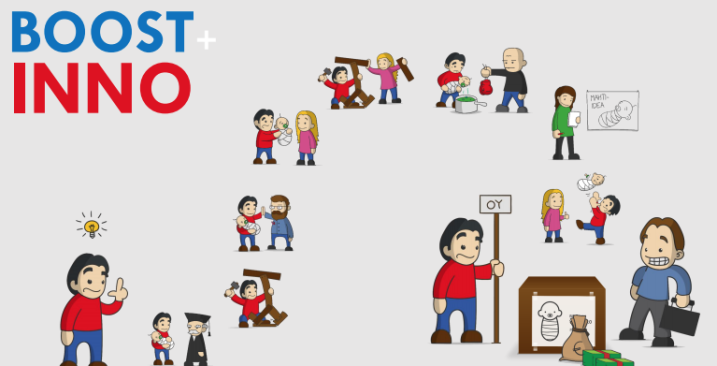
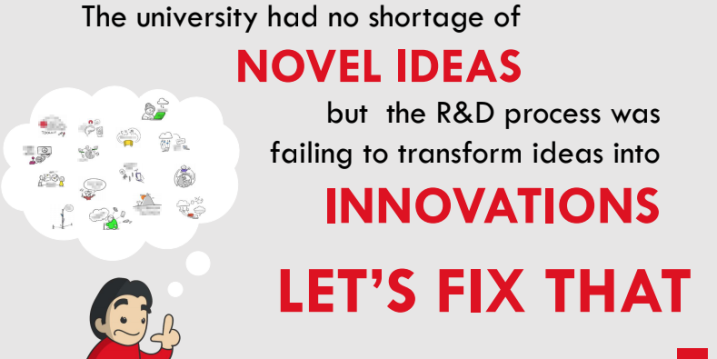
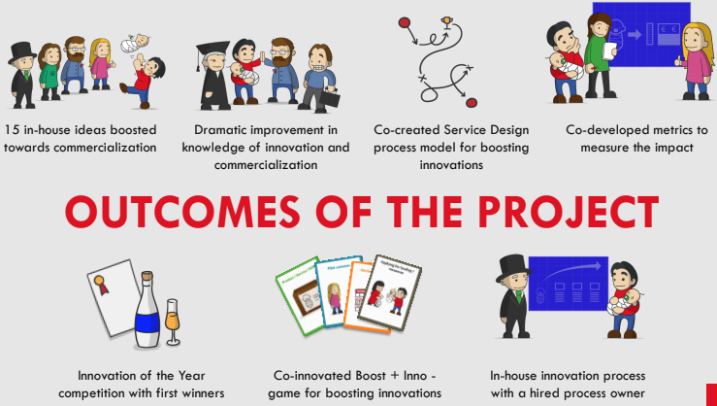
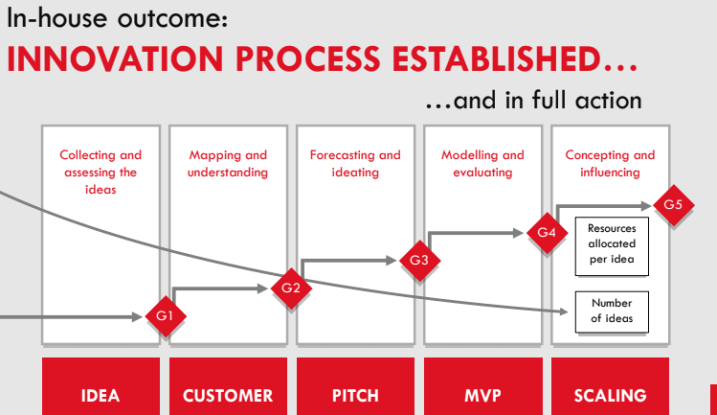
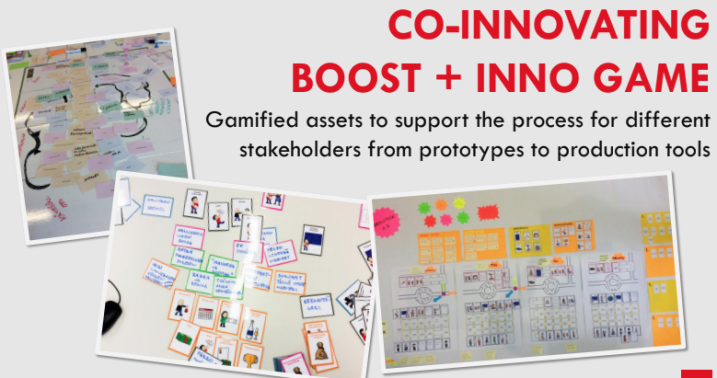
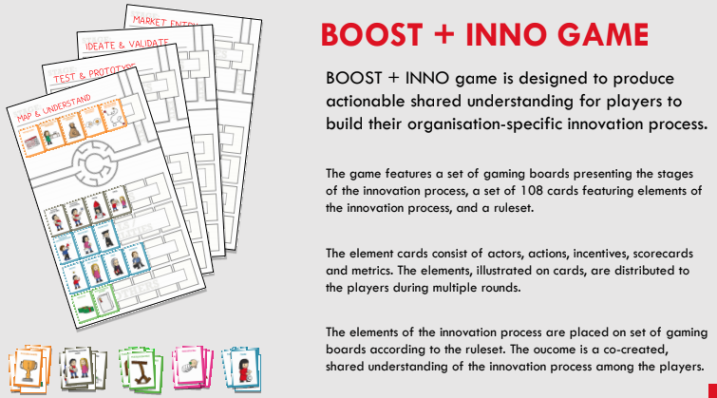

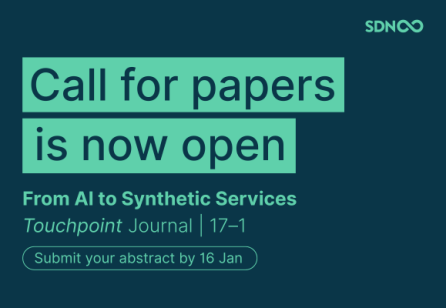



Share your thoughts
0 RepliesPlease login to comment